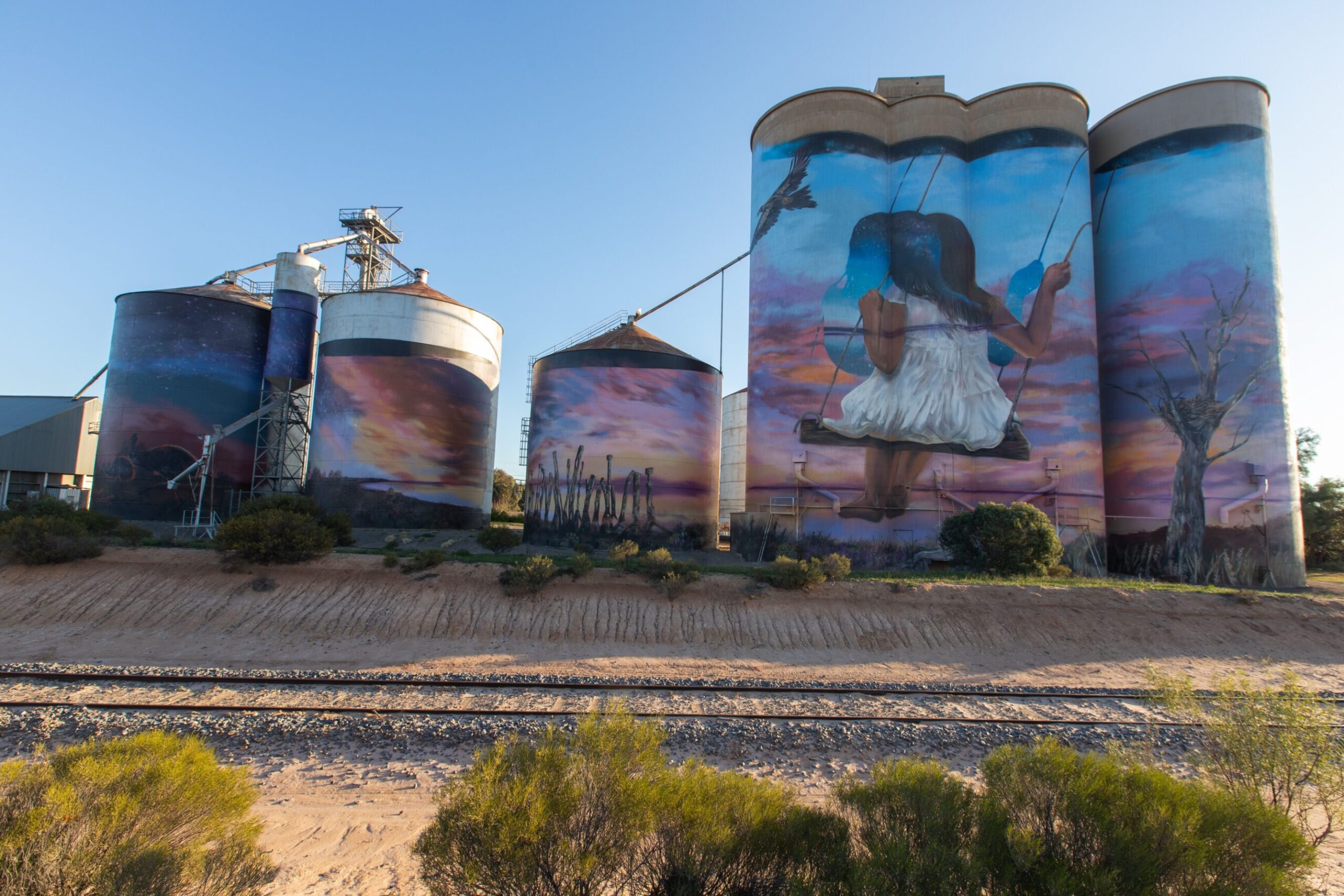Like most things in business and life, silos are neither wholly good nor bad. They enable focus and expertise but can hinder collaboration. This article explores the art of balancing silos and connectivity for enhanced effectiveness.
We are complex human beings able to cross silos, merge them and bridge them when appropriate.
Personal Silos: When distractions threaten to dilute our attention, silos facilitate focus. For example: for me to focus on writing this article in the midst of the chaos around me, I’ve had to construct a mental silo. My mind is distracted and my heart is torn apart from attending funerals of young and old and visiting grieving family after grieving family in my town in Israel. I am worried about further loss of life. I’m worried about the fate of the 200 Jewish hostages being held by Hamas and about their families. I am sad for innocent people in Gaza who are dying or being dislocated. I’m worried about what started as a war on Jews by Hamas, escalating into a serious regional conflict. And yet, in the trauma of my own world, I don’t want to disengage from my clients and work or lose contact with you. I don’t want my world to shrink into the narrow territory of my own sadness and worry. The world is much bigger than me. Engaging with the world is important irrespective of what we are going through in our own lives. To engage when we are surrounded by chaos, we need to construct silos: a professional silo, a family silo, a community silo, and a creative silo. But we shouldn’t live in our silos permanently. We are complex human beings able to cross silos, merge them and bridge them when appropriate which is why I have chosen to share with you on this professional platform some of what is going on in my personal life.
Organizational Silos: The same applies to organizations. Organizational silos are important:
- They provide centers of excellence and a space for expertise.
- They encourage focus and enable greater accountability.
- They allow the development of subcultures that are more honed to the needs of the function or business unit, than the overarching culture of the corporation. These subcultures create a greater sense of belonging among the people who work in them, attracting talent and retaining it.
Silos as barriers to change: However, as valuable as silos can be in organizations, our survey on LinkedIn revealed that 63% of respondents regard overcoming departmental silos as the most challenging aspect of aligning stakeholders for driving change. So, should we be constructing silos in our organizations, or breaking them down? We clearly can’t do both, so which is it to be?
We mine the treasures of thinking that lie between silos not by breaking silos down but by building bridges between them.
Building Bridges: The solution lies in recognizing that our options are not only whether to build or to break. We need silos for excellence, focus and belonging. On the other hand, to unleash groundbreaking innovation, we need to mine the treasures of thinking that lie between the silos. We do this not by breaking silos down but by building bridges between them. Research by Amy Edmonson, Sujin Jang and Tiziano Casciaro demonstrates that employees who reach outside their silos learn more and sell more.
Consider how we use bridges in real life: bridges are not meeting places for compromise, rather bridges are ways for people to traverse from one side to the other where they can experience and explore an area different from their own. What bridges has your organization built between silos, and how effectively are you using these bridges?
Silos are neither wholly good nor bad; they embody a duality that, when harnessed correctly, drive progress and innovation.
Strategies for bridge building:
1) Recalibrate performance measures: Reimagine your team’s performance measurement to include feedback and input from peers in different functions and units, encouraging cross-silo engagement, support, and advice-seeking.
2) Seek cross-functional advice: The most vexing problems in organizations are often not technical in nature nor specific to an individual discipline. Many challenges are about how people think and behave. People from other disciplines who have little understanding of the technical aspects of your work may have insights you have not considered. Facilitate cross-functional workshops where leaders from diverse backgrounds collaborate to solve common challenges, resulting in fresh perspectives, innovative solutions, and enhanced mutual respect.
3) Expand the meaning of Diversity and Inclusion: Diversity isn’t just about appearances but about diverse viewpoints. Form cross-disciplinary teams that embrace different thinking and innovation to solve complex problems. Include people not specifically for their technical expertise, but for their difference, their unusual ways of thinking, and their unique ways of understanding the world.
Don’t waste time trying to break down silos. There is a reason why they have defied decades of attempts to destroy them. Rather than breaking your silos leverage them by building bridges across them and inspiring people to cross the bridges often. Like most things in life, silos are neither wholly good nor bad; they embody a duality that, when harnessed correctly, drive progress and innovation.
